
The surgery to neuter your dog involves a superficial incision
to remove both testicles. Your dog will be given a general
anesthetic for the procedure.
The night after the surgery, your dog may be sleepy and may not
want to eat or drink. You can offer small amounts of food and
water after 6 PM this evening – large amounts of either, on an
empty stomach, may induce vomiting. If your dog vomits, take
away all food and water and try again in the morning. Your dog
should be able to return to his normal feeding schedule in 1-2
days.
You may notice some redness, a small amount of swelling, even
some moisture along the incision line in the first few days.
This is normal and should resolve without treatment, though you
can gently cleanse the area with water or hydrogen peroxide to
keep it clean and dry. Keep your dog from licking the incision
line. If necessary, you can purchase an Elizabethan Collar to
insure that he won’t bother his incision when you are not at
home to monitor him.
The scrotum (the sac that held the testicles) will sometimes
swell with fluid and appear just as though the testicles were
still there. This swelling should disappear in about 10 days.
Your dog may have external sutures. External skin sutures need
to be removed in 10-14 days.
If your dog coughs a little during the first 24 hours, this is
probably due to irritation from the tube that was placed in his
throat to maintain the gas anesthesia. If coughing persists, or
you have any questions or concerns, please don’t hesitate to
call your veterinarian.
We recommend that you restrict your dog’s activity (leash walk)
for at least 5 days.
It is also possible that your dog may still be able to
impregnate a female for the next 30 days. If you have an
unaltered female near or in heat, it would be advisable to keep
the dogs apart.
The above is general veterinary information. Do not begin
any course of treatment without consulting your regular
veterinarian. All animals should be examined at least once every
12 months.
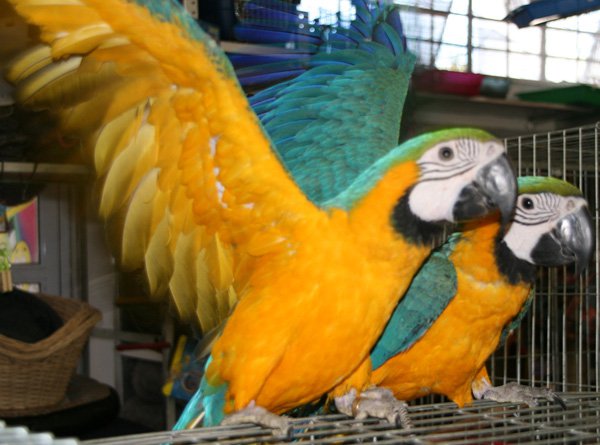 The Different Benefit of Portable Chicken Coops for your Feathered Pet
The Different Benefit of Portable Chicken Coops for your Feathered Pet
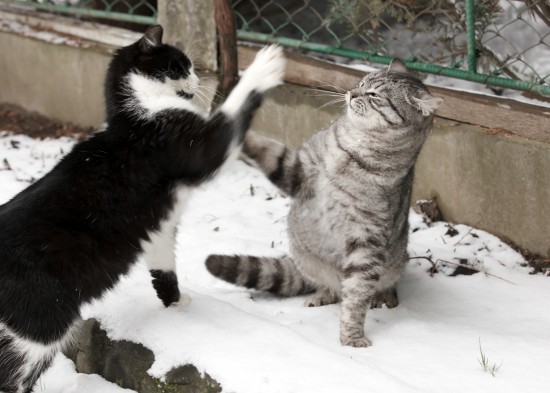 Help, How Can I Stop My Cat From Fighting - Cat Aggression
Help, How Can I Stop My Cat From Fighting - Cat Aggression
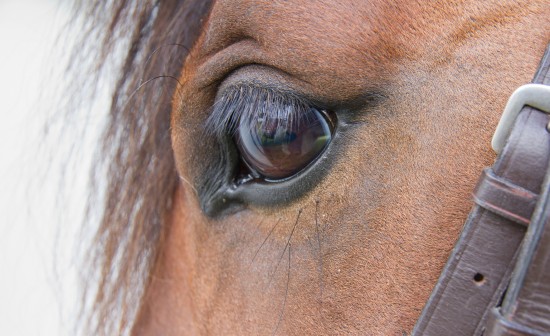 Recognising Eye Problems In Horses
Recognising Eye Problems In Horses
 Nova Scotia Duck Tolling Retriever Hereditary Health And Health Testing
Nova Scotia Duck Tolling Retriever Hereditary Health And Health Testing
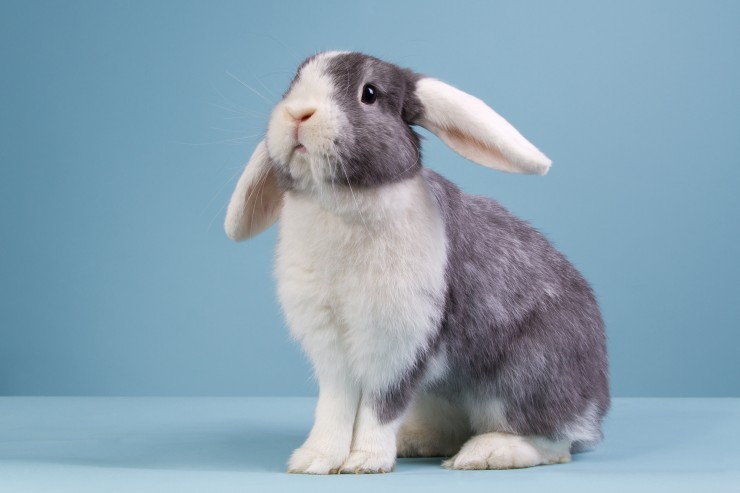 5 Of The Best Rabbit Breeds For Children
5 Of The Best Rabbit Breeds For Children
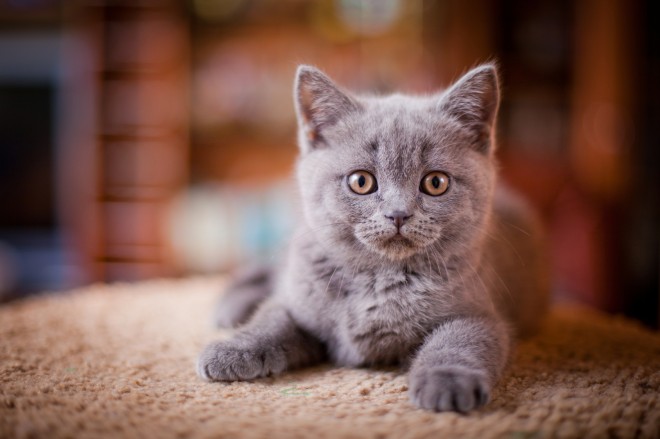 Six Health Issues To Look Out For In Kittens
Six Health Issues To Look Out For In Kittens
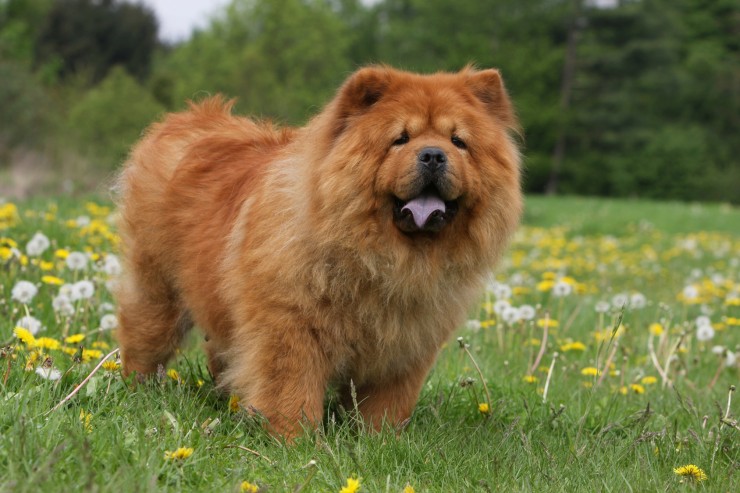 The Chow Chow And Hypothyroidism Health Issues
The Chow Chow And
The Chow Chow And Hypothyroidism Health Issues
The Chow Chow And
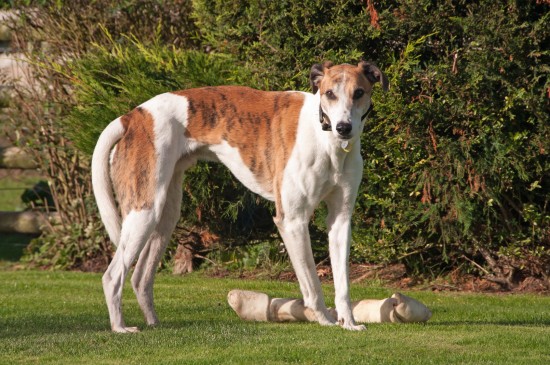 3 Dog Breeds Often Confused With Similar Looking Breeds
3 Dog Breeds Ofte
3 Dog Breeds Often Confused With Similar Looking Breeds
3 Dog Breeds Ofte
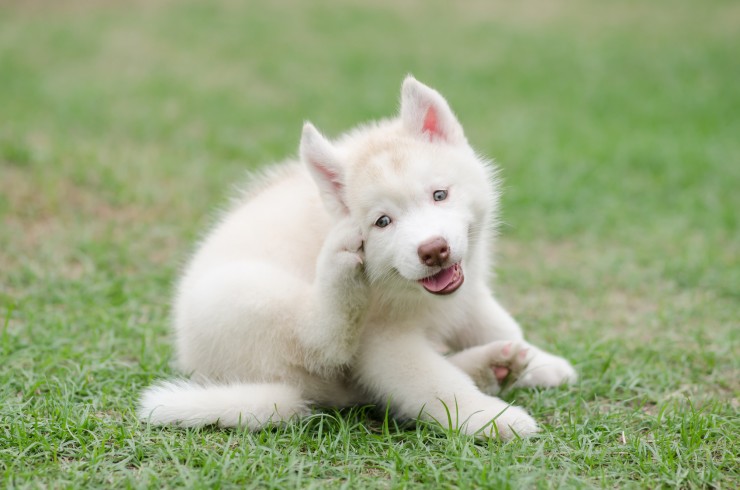 The Lifecycle Of Dog Fleas, And What This Means For Flea Prevention
The Lifecycle Of
The Lifecycle Of Dog Fleas, And What This Means For Flea Prevention
The Lifecycle Of
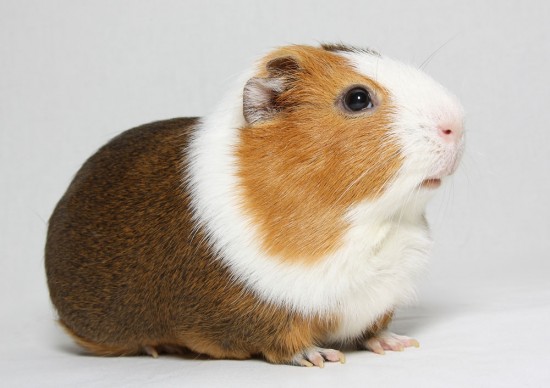 How Easy Is It To Look After A Guinea Pig?
How Easy Is It To
How Easy Is It To Look After A Guinea Pig?
How Easy Is It To
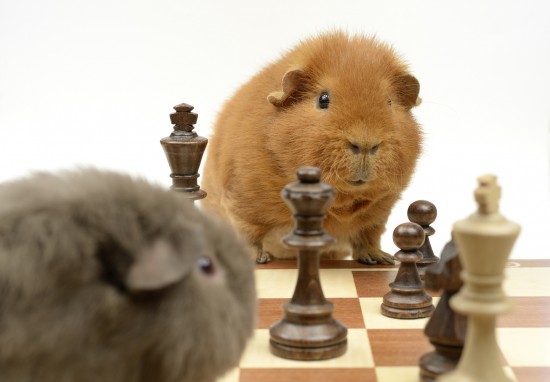 Great Ways To Keep Your Guinea Pig Entertained
Great Ways To Kee
Great Ways To Keep Your Guinea Pig Entertained
Great Ways To Kee
Copyright © 2005-2016 Pet Information All Rights Reserved
Contact us: www162date@outlook.com